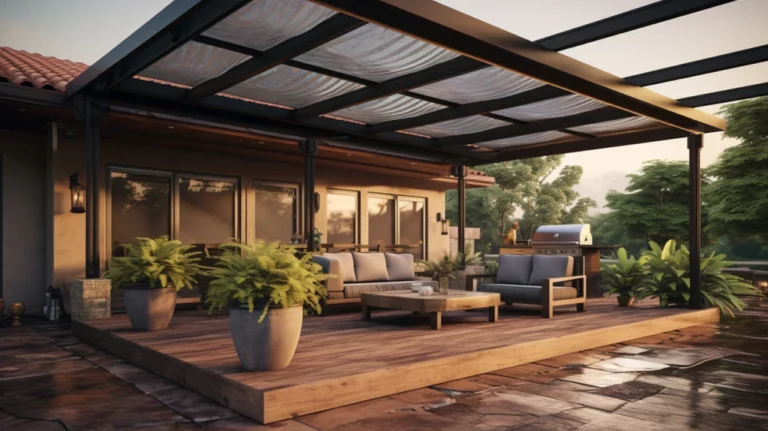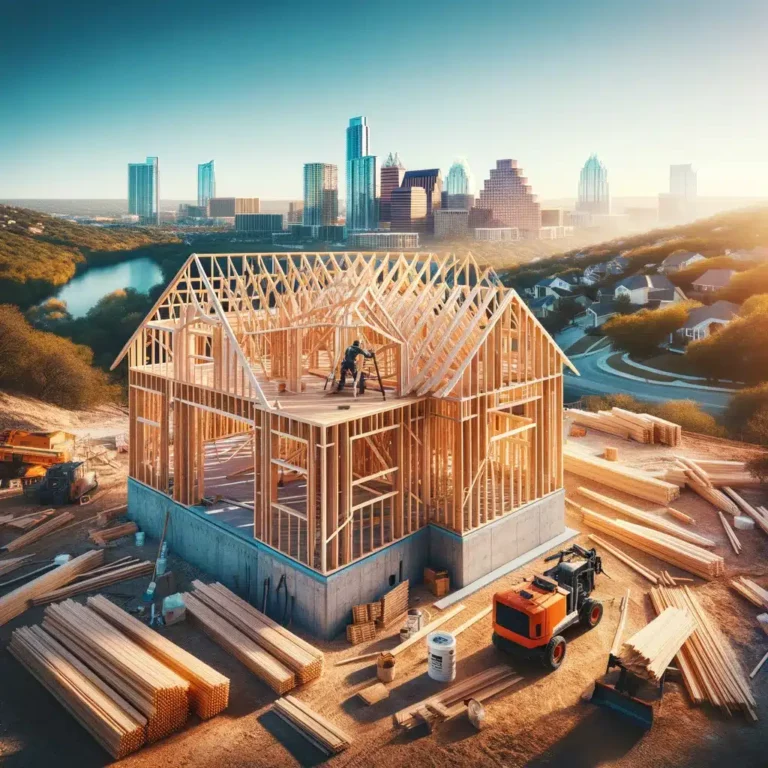Steel Framing: A Durable Alternative for Residential Homes
In recent years, Steel Framing has gained significant popularity as a strong and durable alternative to traditional wood framing for residential construction. Homeowners, builders, and engineers alike are turning to light gauge steel framing for its many benefits, from enhanced durability to better sustainability.
This article will explore why cold-formed steel framing is an excellent option for residential projects, highlighting its advantages over wood construction and detailing its applications in various building scenarios.
The Rise of Cold-Formed Steel in Residential Construction
What is Cold-Formed Steel Framing?
Cold-formed steel is produced by rolling or pressing thin sheets of steel into structural shapes at room temperature. This process allows for the creation of lightweight yet incredibly strong building components, often referred to as light gauge steel framing. These components, such as steel studs and steel beams, are ideal for building wall frames, partition walls, and other structural elements in residential homes.
Benefits of Steel Framing Over Wood Construction
When considering steel vs. wood, there are many reasons steel framing is becoming the smarter solution for modern homes:
- Durability: Steel structures are resistant to common issues that affect wood framing, such as insect damage and rot.
- Strength: Steel can handle more substantial axial loads and lateral loads, making it an ideal choice for areas that experience heavy snow or other extreme weather conditions.
- Precision: The precise manufacturing of steel framing materials ensures a more accurate fit during the construction process.
- Sustainability: Many steel framing products are made from recycled material, reducing environmental impact and promoting sustainable building practices.
Advantages of Light Gauge Steel Framing in Residential Projects
Strength and Flexibility
One of the biggest advantages of light gauge steel is its combination of strength and flexibility. Unlike coniferous woods, which can warp or split, steel framing provides a consistent, reliable structure that remains intact over time. Steel studs can be easily manipulated during construction without losing integrity, making light gauge steel building components perfect for complex architectural designs and modern modular projects.
A Healthier and Safer Home
Steel framing offers an environmentally friendly alternative to organic compounds used in wood, which can harbor mold and mildew. Steel is also immune to structural damage caused by termites or other pests. Homes built with steel framing can also withstand fires better than wood construction, making them a safer option for families.
Versatility in Design
Cold-formed steel framing allows for a variety of architectural solutions and innovative designs in residential construction. Whether it’s outdoor living spaces like decks or more intricate indoor partition walls, steel framing offers versatility in design and a perfect solution for modern, sustainable homes.
Efficient Assembly Process
Another advantage of steel framing is the efficient assembly process. Cold-formed steel engineers often provide shop drawings and 3D drawing capabilities that streamline the installation process. Tools like aviation snips, base covers, and bit holders simplify the erection of steel structures, ensuring a smooth build for residential buildings and multi-unit developments alike.
Steel Framing for Outdoor Spaces and Decking
Smarter Solutions for Deck Builders
For deck builders and contractors focused on outdoor spaces, steel framing offers a superior alternative to wood for creating safe decks and other outdoor features. Many builders are turning to galvanized steel for decking support, as it is resistant to weather conditions that cause wood to deteriorate over time. Steel post caps, steel sections, and accessories for decks provide additional strength and longevity to outdoor structures.
With innovative fencing solutions, steel framing can also be used for perimeter fencing around homes, offering a secure, durable option that complements any architectural design.
The Future of Residential Construction: Focus on Sustainability
Recycled Steel and Its Role in Sustainability
A key benefit of steel framing is its alignment with sustainable building practices. Steel framing materials often contain a high percentage of recycled content, making them a greener choice over traditional wood framing. Additionally, the Steel Framing Industry Association advocates for the use of steel with precision to reduce waste during construction, further promoting environmentally friendly methods.
By choosing steel framing, homeowners and builders can reduce their carbon footprint while building durable homes that will last for decades.
Addressing Health Risks and Structural Integrity
Building with steel also eliminates some of the health risks associated with organic compounds found in wood. Homeowners can rest assured knowing their homes are free from the toxins that can arise from certain building materials. Additionally, steel structures are known for withstanding natural disasters, reducing the likelihood of structural damage from floods, earthquakes, and fires.
Protect your home from the start
The argument for steel framing is strong. Whether you’re constructing a single-family home, a multi-unit development, or outdoor living spaces, steel framing offers unmatched durability, sustainability, and design versatility. As steel pricing increases, now is the perfect time to invest in steel construction for your residential projects. The combination of light gauge steel, galvanized steel, and innovative designs ensures that homes built today will stand strong for generations to come.
For more information on how LV Design & Build can incorporate steel framing into your next project, contact our design team for a consultation.







